Ritual Monument Larger and Older than Stonehenge Found a Mile Away : A Well Thought Out Scream by James Riordan

For years scientists have been both inspired and puzzled by Stonehenge, the famous British prehistoric monument. Stonehenge is located in Wiltshire, England, 2 miles (3 km) west of Amesbury and 8 miles (13 km) north of Salisbury. It is essentially a huge ring of standing stones which set within earthworks in the middle of the most dense complex of Neolithicand Bronze Age monuments in England, including several hundred burial mounds.[1]
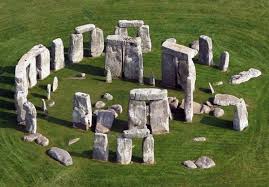 Archaeologists believe it was constructed from 3000 BC to 2000 BC. The surrounding circular earth bank and ditch, which constitute the earliest phase of the monument, have been dated to about 3100 BC. Radiocarbon dating suggests that the first bluestones were raised between 2400 and 2200 BC,[2] although they may have been at the site as early as 3000 BC.[3][4][5] Stonehenge has been a legally protected Scheduled Ancient Monument since 1882 when legislation to protect historic monuments was first successfully introduced in Britain. The site and its surroundings were added to UNESCO‘s list of World Heritage Sites in 1986.
Archaeologists believe it was constructed from 3000 BC to 2000 BC. The surrounding circular earth bank and ditch, which constitute the earliest phase of the monument, have been dated to about 3100 BC. Radiocarbon dating suggests that the first bluestones were raised between 2400 and 2200 BC,[2] although they may have been at the site as early as 3000 BC.[3][4][5] Stonehenge has been a legally protected Scheduled Ancient Monument since 1882 when legislation to protect historic monuments was first successfully introduced in Britain. The site and its surroundings were added to UNESCO‘s list of World Heritage Sites in 1986.
Stonehenge (aerial view)
Stonehenge is owned by the Crown and managed by English Heritage; the surrounding land is owned by the National Trust.[6][7]
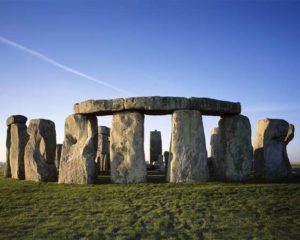 Stonehenge could have been a burial ground from its earliest beginnings.[8] Deposits containing human bone date from as early as 3000 BC, when the ditch and bank were first dug, and continued for at least another five hundred years.[9]
Stonehenge could have been a burial ground from its earliest beginnings.[8] Deposits containing human bone date from as early as 3000 BC, when the ditch and bank were first dug, and continued for at least another five hundred years.[9]
Although Stonehenge has long been hailed a unique and amazing piece of history, the hidden remains of a very similar prehistoric stone monument have been discovered about a mile away. At least 90 enormous stone monoliths, some measuring up to 15 feet, lined an “arena” forming what researchers have called a “superhenge” near the neolilthic site in Wiltshire, England. Archaeologists believe they may have been used for religious rites or solstice rituals.
Stonehenge (as seen from the ground)
“It’s truly remarkable,” said Vince Gaffney, one of the archaeologists leading the project. “We don’t think there’s anything quite like this anywhere else in the world. This is completely new and the scale is extraordinary.”
Now lying on their sides covered by three-feet of earth, researchers believe the stones were placed around 4,500 years ago along the south-eastern edge of what later became the Durrington Walls — a large Neolithic settlement.
The circular enclosure ringed by a ditch and bank is nearly a mile across. It is the largest earthwork of its kind in the U.K.
“These things are theatrical,” said Prof. Gaffney, of Britain’s University of Bradford. “They’re designed to impress and impose; to give the idea of authority to the living and the dead. It really does create a massive impression.”
The stones remained undiscovered until Prof. Gaffney and his team investigated the area around the famous stone circle with ground-penetrating radar.
Although the exact reason for the stones placement remains a mystery, part of Durrington Walls is aligned with the rising sun on the winter solstice, the shortest day of the year and researchers believe this may be significant.
“There was a transformation in the landscape that we do not understand,” Gaffney said. “The stones had significance. These are special places. Societies are mobilized, as with the great cathedrals, to create these things.”
Although none of the stones have yet been excavated a unique “sarsen” or limestone standing stone, remains in an adjacent field.
Its presence suggests that the other buried stones of a similar size may have been sourced locally, according to Gaffney’s colleague and fellow archaeologist, Nick Snashall.
He added that they revealed “previously unsuspected twists in its age-old tale.”
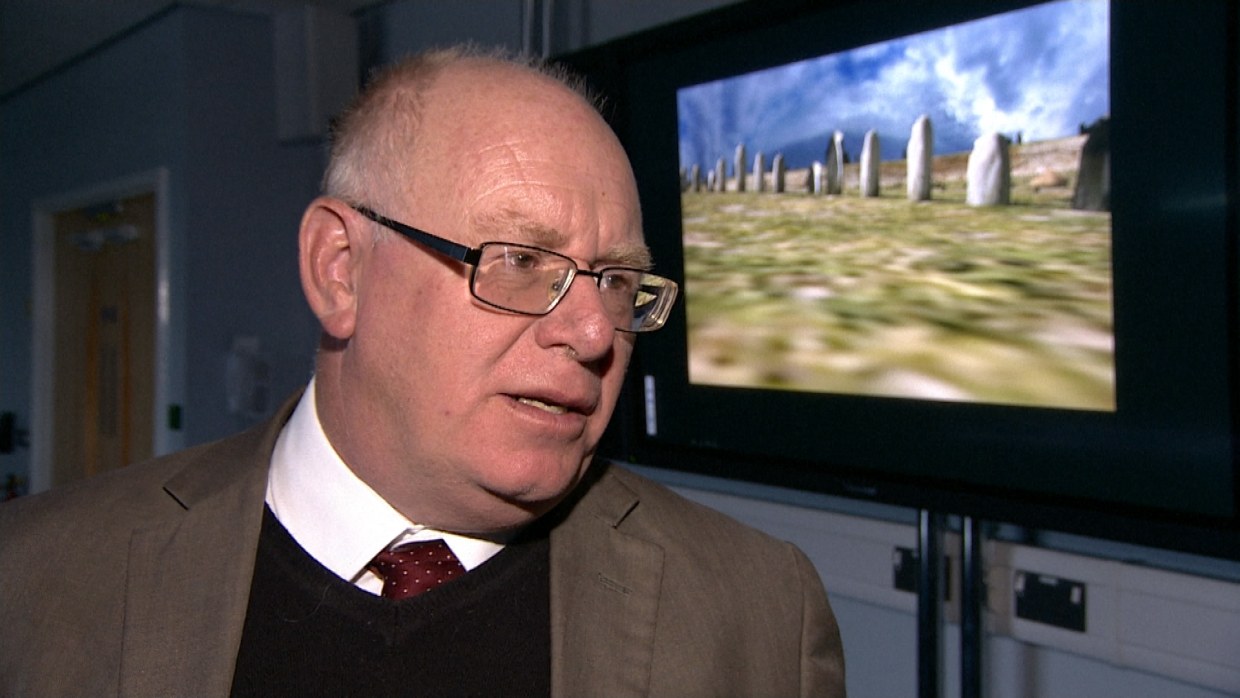
Ancient Monument Appears to Have Been Realigned 4,500 Years Ago 0:41
“The presence what appear to be stones, surrounding the site of one of the largest settlements in Europe adds a whole new chapter to the Stonehenge story,” he said.
—


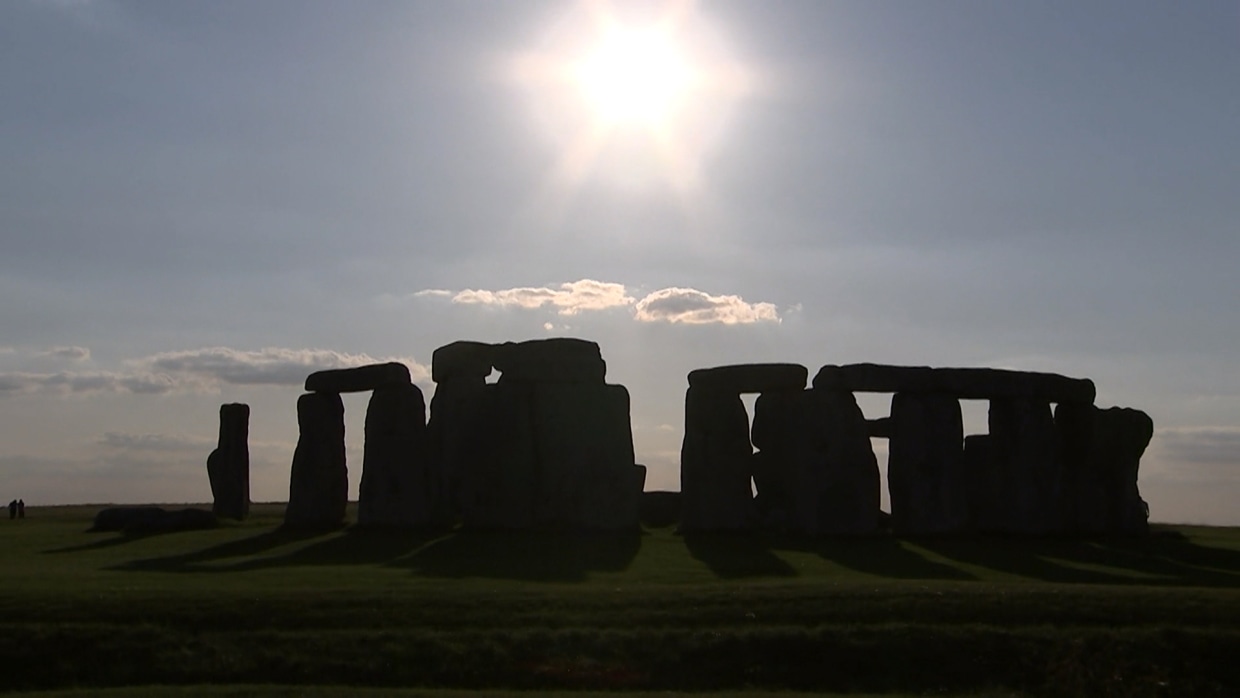
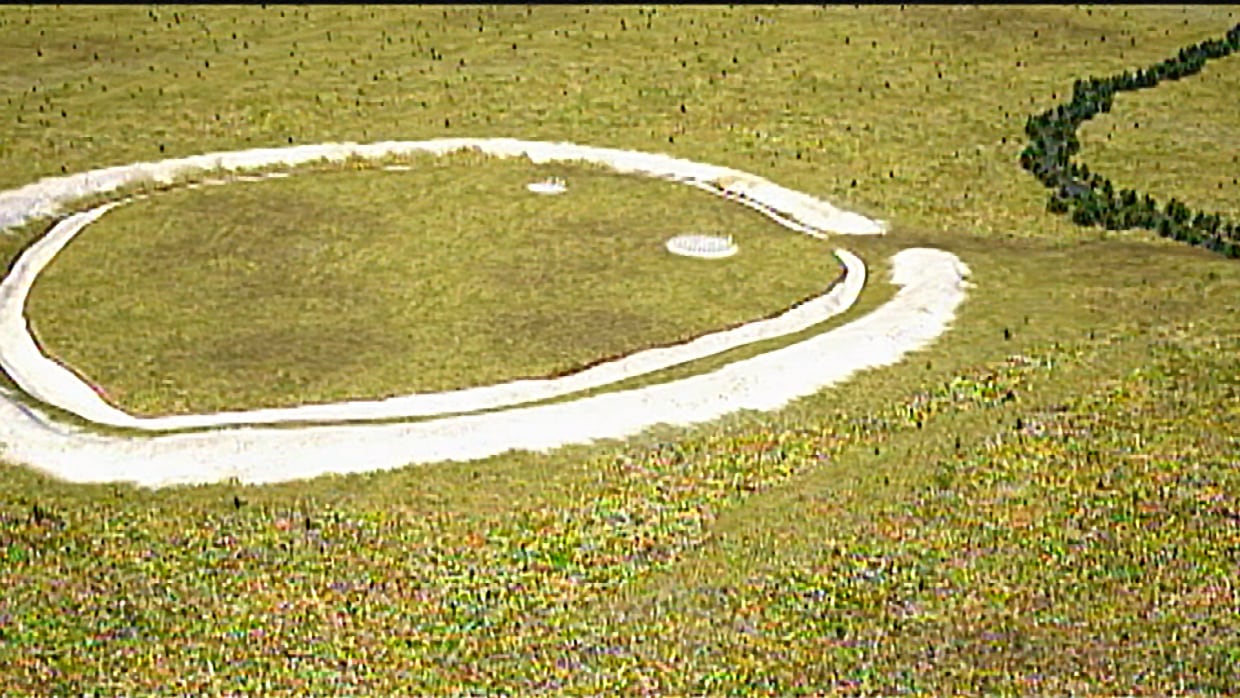
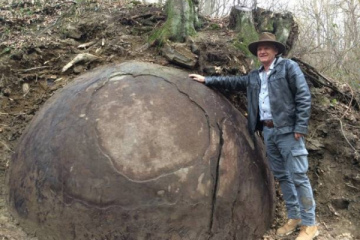

No Comment